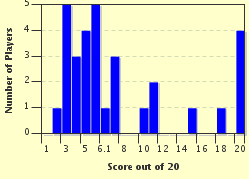Quiz Answer Key and Fun Facts
1. Set is generally seen as the murderer of Osiris to the public, but this act was often viewed positively by the priesthoods. How did they view this act?
2. Which important symbol/tool was associated with Set?
3. Which stars or constellations were associated with Set?
4. What is the proper, original name of the creature with four legs, a dog-like head, and a straight tail, which represents Set?
5. What does the dog-like symbol which represents Set mean as a hieroglyphic?
6. Which deity was thought to keep Set/his constellations separate from the other Gods and Nature?
7. Famous scholar of Set, Hermen Te Velde, saw three aspects to the God Set. Which of these was NOT one of those aspects?
8. What role does Set play in the Pyramid Texts?
9. How were the Setian dead originally buried in Nubt?
10. Which animal serves as the inspiration for the design of Set?
11. In which of the following ways was Set once considered?
12. During the New Kingdom, which two lines of Pharaohs came from Set-worshiping backgrounds?
13. After the Osiris myth came to prominence, and Set was disowned by his family, which God adopted Set?
14. Which of these is the original nature of the Horus and Set myth?
15. Which individual is responsible for bringing the religion of Set back into existence during the 20th century?
16. Which of these is NOT a defining physical feature of Set?
17. Set originally had a faithful wife, who was later rewritten to despise Set and cheat on him with Osiris. Who was Set's wife?
18. With which of these was Set NOT associated?
19. The tomb of which Set-worshiping pharaoh contained a detailed illustration of the imperishable stars, in the form of Egyptian Gods?
20. With which of these animals was Set NOT associated?
Source: Author
Xepera_maSet
This quiz was reviewed by FunTrivia editor
ponycargirl before going online.
Any errors found in FunTrivia content are routinely corrected through our feedback system.

